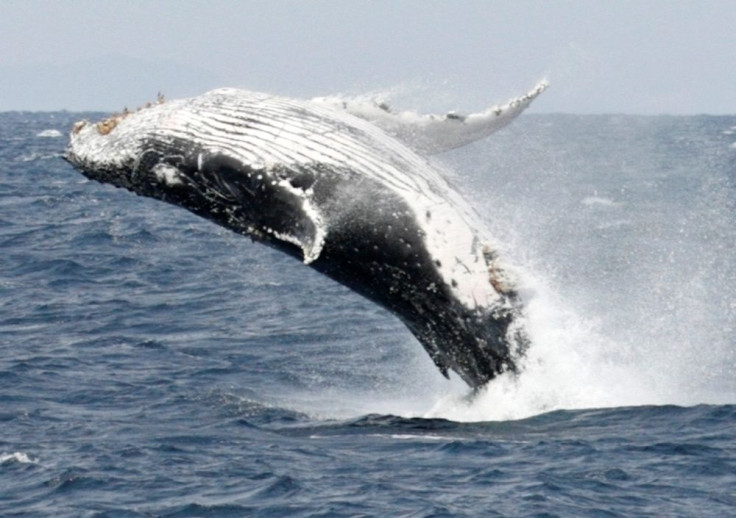Comeback Of Former Endangered Marine Animals Considered As A Problem

Many marine mammals that were once considered endangered are now heading towards population recovery, based on a new study. While their populations were recorded to be healthy, reports say that local communities are not too happy about their comeback.
According to the lead author of the June published study, Joe Roman, in an NBC news report, the comeback of the “forgotten species” will be treated as newcomers and some would consider them as pests. The study, found in the journal Trends in Ecology and Evolution, highlights that the numbers of the animals are headed more for decline rather than growth.
However, for animal populations that are recovering, researchers advise local communities to create a comprehensive plan on how to mingle with the species. For instance, the study saw good recovery for Canada’s gray seal through environmental protection programs. However, their return becomes a threat to local fishing communities who complained of reduced fish population.
In the study conducted by four marine biologists from the University of Vermont, or UVM, researchers analysed data comprising the population of different marine mammals and protected species. Out of the 87 species belonging to the cetacean order (porpoises, dolphins and whales) studied, 22 are on their recovery stage, 15 are endangered and 45 species cannot be assessed because of insufficient data.
On the other hand, 26 species belonging to the pinnipeds (sea lions, walruses and seals) are saved from threats, while 13 are endangered, reported the University of Vermont news release.
Great whales are among the species that represent success in conservation efforts, researchers said. The study reported that 10 out of 14 humpback whale populations will be off the endangered species list by July.
Roman and the rest of the team made four recommendations, according to UVM’s press release. These include collaborating with stakeholders on impact and adaptation planning, delisting species that are no longer vulnerable to give focus on other threatened species, refining policies for killing animals considered as a nuisance and sharing the success of the conservation efforts with the public.
To report problems or leave feedback on this article, email: wendylemeric@gmail.com.






